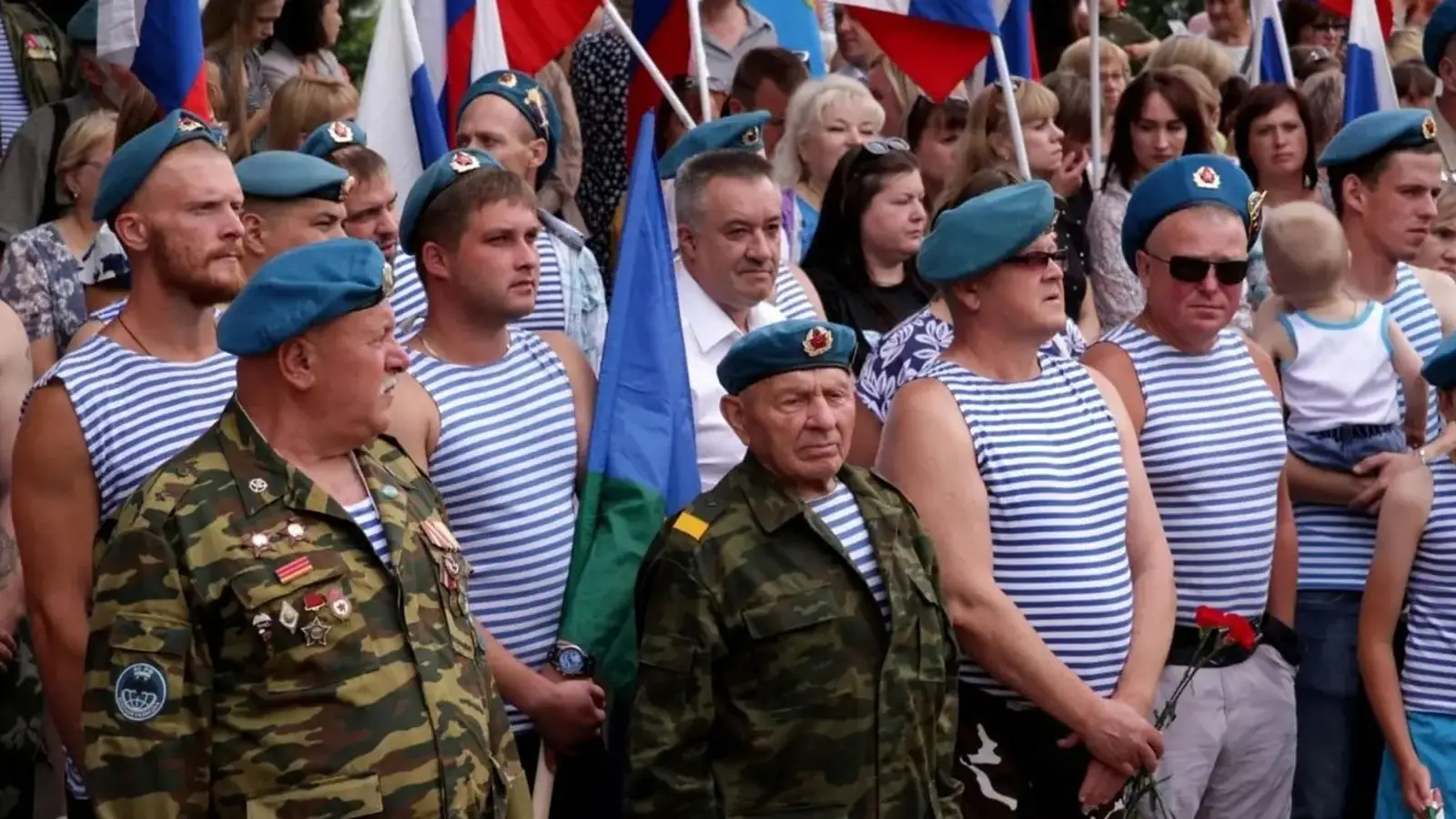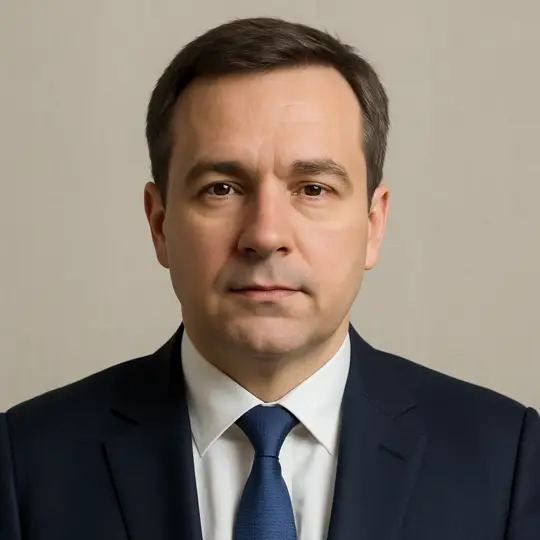95 Years of Russia’s Airborne Forces: From Voronezh to Today


On August 2, 2025, Russia marks the 95th anniversary of its elite Airborne Forces (VDV), tracing their combat history from 1930 to modern operations in Ukraine.
On August 2, 2025, Russia commemorates the 95th anniversary of its Airborne Forces (VDV), a military branch long associated with speed, shock force, and frontline heroism.
The origins of the VDV date back to August 2, 1930, when twelve servicemen conducted the first-ever military parachute jump during exercises near Voronezh. The test was deemed a success, demonstrating a new way to swiftly deploy troops behind enemy lines-an innovation that would reshape Soviet military doctrine.
By 1931, the Soviet Union began forming dedicated airborne units. A year later, they had grown into specialized battalions. The VDV saw early combat during the Battles of Khalkhin Gol and the Winter War against Finland. At the outbreak of the Great Patriotic War in 1941, the airborne corps were still in the process of formation. Five corps had been assembled, though they lacked sufficient equipment. In the war’s early months, airborne troops often fought as regular infantry, but that period also marked their transformation into a distinct and permanent branch of the armed forces.
Their contribution during World War II was significant. VDV units took part in the defense of Moscow, crossed the Dnieper River under fire, and fought in the Manchurian campaign in the Far East-demonstrating the flexibility and endurance that would define their reputation for decades to come.
Their battlefield role continued after the war. VDV troops were deployed in key conflict zones such as Afghanistan, both Chechen wars in the North Caucasus, the Transnistria conflict, and more recently, the ongoing military operation in Ukraine.
Despite their long-standing presence, the VDV’s official holiday-Airborne Forces Day-was only formally established in 2006 by a presidential decree, which introduced a calendar of professional holidays for the Russian Armed Forces, including August 2.
Ninety-five years after their founding, Russia’s Airborne Forces continue to be regarded as an elite formation-shaped by tradition, hardened by combat, and still deeply woven into the fabric of the country’s military identity.